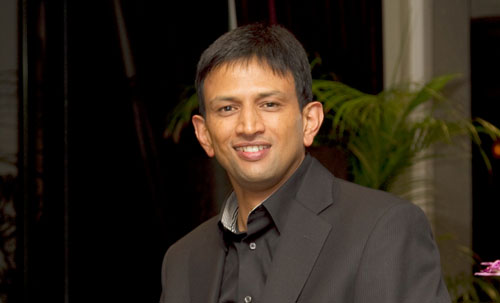
For the first time, the operator is also talking about delivering fibre-to-the-home (FTTH) services, though Bashier Sallie, the company’s MD of wholesale and networks, says it’s important that a “pragmatic” approach is taken to delivering FTTH given challenges such as how spread out SA’s population is compared to some other countries that have deployed end-user fibre access.
“There is a danger in saying FTTH is the exclusive future of broadband,” Sallie says. “It’s almost become hype around FTTH and fibre to the premises and unfashionable to express a pragmatic view.”
He adds that the “vast majority” of customers can be served using new-generation copper digital subscriber line (DSL) technology. “FTTH is unquestionably part of the broadband future [but] to go blindly and say we’ll do that to every home in the country [is not correct].
“The Telkom engineers would like nothing more to have fibre to every home in SA, but this is where you have to introduce pragmatism to ensure it’s financially sustainable into the future.”
As part of a plan to overhaul its legacy copper-based access network, Telkom is building as many as 3 700 multi-service access nodes, or MSANs, which will replace the digital subscriber line access multiplexors (DSLAMs) that deliver DSL broadband to residential consumers and businesses today.
The idea is to lessen the distance from consumers to Telkom’s fibre network by installing the MSANs in city streets so that the company can begin offering faster broadband using ADSL2+ and VDSL2 technologies. Sallie says speeds of more than 80Mbit/s will eventually be possible over its copper network.
In certain areas where it makes financial sense, or where copper is degraded, Telkom plans to begin offering FTTH. It’s not clear yet when the FTTH network will be available for commercial service or what the scale of it will be.
The company also isn’t saying how much it is investing in the new network, but it’s fair to assume the cost will run into billions of rand. Sallie insists the business case is “credible and viable”.
He says Telkom has “evolved” its core transmission network to handle terabits per second of data. This, coupled with the West African Cable System along Africa’s west coast — which will be available for commercial service in May — will provide the necessary backhaul to cope with the higher data speeds Telkom plans to offer to its customers.
“This is a step-change in broadband capability for SA,” Sallie says, adding that Telkom plans to establish a “critical mass” in ADSL2+ and VDSL2 technologies.
The areas that will get the new MSANs first are Waterkloof Ridge in Pretoria, Durban North, parts of Cape Town and the Johannesburg suburbs of Benmore Gardens and Fourways. The MSANs, of which 53 will be built in the first phase, are capable of delivering both DSL and FTTH.
The MSANs will be available for commercial service in the second half of 2012.

